The Penguin History of Economics
£0.90
The definitive guide to the history of economic thought, fully revised twenty years after first publication
Roger Backhouse’s definitive guide takes the story of economic thinking from the ancient world to the present day, with a brand-new chapter on the twenty-first century and updates throughout to reflect the latest scholarship.
Covering topics including globalisation, inequality, financial crises and the environment, Backhouse brings his breadth of expertise and a contemporary lens to this original and insightful exploration of economics, revealing how we got to where we are today.
Read more
Additional information
| Publisher | Penguin, UK ed. edition (31 Jan. 2002) |
|---|---|
| Language | English |
| File size | 3109 KB |
| Text-to-Speech | Enabled |
| Screen Reader | Supported |
| Enhanced typesetting | Enabled |
| X-Ray | Not Enabled |
| Word Wise | Enabled |
| Sticky notes | On Kindle Scribe |
| Print length | 463 pages |
| Page numbers source ISBN | 0140260420 |

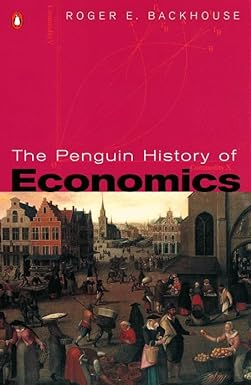


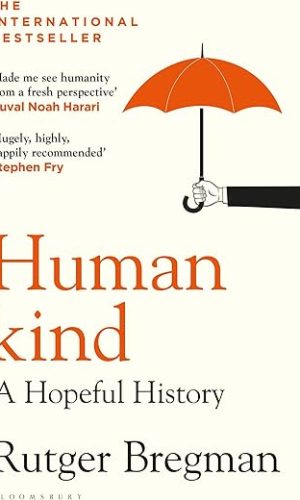
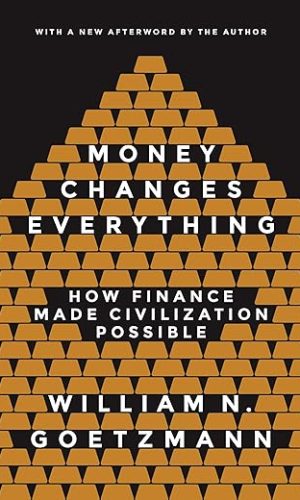

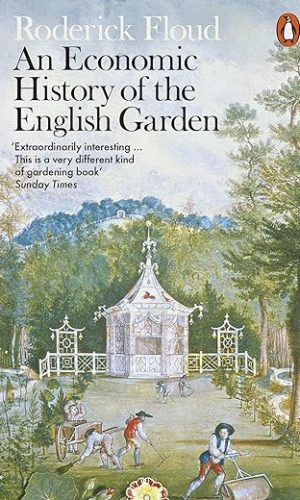
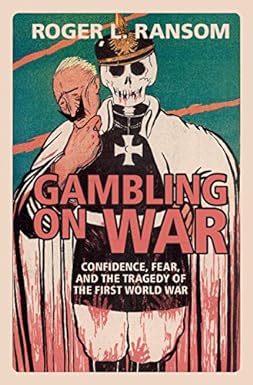
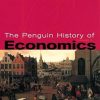
by Max M.
“Plato suggested that Homer educated Greece”; with this first sentence, Roger Backhouse makes it clear that his history of economics starts from the very beginning. From reading it, it is interesting to note that many themes that preoccupy contemporary economics are found as early as Hesiod (c.750-650 BC), who deals with the idea of a trade-off between consumption and leisure; Xenophon (c.430-355 BC), meanwhile, alludes to the productivity-enhancing division of labour that becomes possible in a large city.
Compared to, for example, Agnar Sandmo’s Economics Evolving (2010), Backhouse provides more focus on the broader historical context that surrounds economic thinkers. This exposition is necessary and insightful. For example, it is difficult to understand why mercantilism was a predominant economic doctrine in 17th century England without understanding the rise of the new merchant classes. Likewise, the stress the French physiocrats placed on agriculture is illuminated by knowing that this was partly in reaction to attempts by the French minister Colbert to encourage manufacturing.
Backhouse also situates economic thought within broader intellectual history. For example, it’s clear that contemporary empirical economics can trace its roots to Bacon’s development of the inductive scientific method. Modern economic theory, by contrast, owes a lot to Descartes’ method of deductive reasoning. Backhouse provides a brief sketch of the rise of both of these methods of thought.
The emphasis on thinkers that pre-date Smith helps us to see that, rather than a lone genius who ‘invented’ economics, Smith was heavily indebted to the ideas of his contemporaries and predecessors. For example, Mandeville in his 1714 ‘Fable of the Bees’ suggests that self-interest can paradoxically have unintentional benefits. In retrospect, the classical economics of the roughly one hundred years that followed the Wealth of Nations can seem like something of a detour for economics given the emphasis on concepts like the labour theory of value and the Ricardian ‘Corn Model’. However, focusing on the predominance of the Smithian/Ricardian paradigm can obscure from the fact that there were alternatives, including on the Continent. For example, the supply and demand diagram originates with the French economist Augustin Cournot (1801 – 1877), while Johann Heinrich von Thünen ( 1783 – 1850) modelled agricultural factor allocation as an optimisation problem using mathematical methods and derived the optimal solution for the wage rate as equalling the marginal product of the last worker employed. These alternatives can thus seem closer to contemporary economics than the classical paradigm that predominated in England.
The origins of modern microeconomics lies in the neoclassical economics that rose to prominence from the 1870s onwards. The school reached its apotheosis in the work of Alfred Marshall (1842 – 1924). Marshall is to be noted as much for his role as a synthesiser of neoclassical ideas as for his original contributions. In terms of the latter, Léon Walras (1834 – 1910) could arguably claim to be the most influential of this grouping of economist, given his development of the concept of general equilibrium, which has continued importance in contemporary micro and macro.
Modern macroeconomics has its origin in Keynes’ ideas as well as pre-Second-World-War monetary economics and business cycle theorists. But it is the mathematical formalisation of Keynesian ideas by John Hicks (1904 – 1989), as well as the work by Paul Samuelson (1915 –2009) on integrating Keynesian macro with neoclassical general equilibrium that developed a post-war macroeconomics that is recognisably modern.
Backhouse covers these developments towards the end of this book as well as the emergence of econometrics as the statistical arm of economics. The book covers up to the 1970s, seeing the Lucas critique of Keynesian models that lack micro foundations as well as the development of real business cycle (RBC) models as an alternative. Backhouse does not cover, therefore, the development of the new neoclassical synthesis (not to be confused with the old, post-war neoclassical synthesis) that represents the New Keynesian mainstream within macro. The toolkit of this contemporary paradigm is RBC-style DSGE models but with Keynesian assumptions, such as wage rigidity and price stickiness. To be clear, Backhouse is not to blame for this, since this synthesis was still being formed at the time of the book’s publication.
Backhouse’s great achievement is to construct a primer to the history of economics that locates it within the broader context of history, both intellectual, economic and political. The book will serve as useful introduction for economists and non-economists alike, even though it is somewhat out of date with regard to the most recent developments, given that it was published twenty years ago.
by Benuel Ganesan
Heilbroner’s “worldly philosophers’ is indeed a hard act to follow. I loved the prose in that book and the style really inspires the reader. However, Backhouse should not be discounted just because his style does not seek to achieve the same aim.
What he lacks in poetry, Backhouse makes up for in clarity of prose, communicating very complex ideas in straightfoward language. He avoids the temptation, common to so many histories, to make it simply the history of great men (e.g. Adam Smith, Marx and Keynes) and focuses more on the evolution of ideas. In so doing, he proves that no idea is truly original, no revolution truly without precedent. So, if you truly want to come to grips with the ideas of economics themselves, then this is the book for you. Given the effort spent on ideas alone, you might lose track of the great storytelling you might be hoping to find.
Unlike New Ideas from Dead Economists, this book does not shy away from the complexities of the ideas involved. This makes it slightly less accessible for the newcomer to Economics but rewarding for those who will want to go back to it again and again. I read this book before taking my undergrad degree in Economics and still go back to it for its insights.
All in all, this is truly a well-written history of economic thought amongst many titles which merely claim to be.
by Paulo Moreira Mendes
completely satisfied!
by Patrick Gomes
Excellent book, very detailed and well explained
by CLEOMENES III
Item as described, No problems. Would buy from this vendor again.
by PR
Excellent state of conservation
by Amazon Customer
It was bad, very damaged
by demola
I will say that this is a really good overview for someone with an idea (but not much) of economics and contemporary economic ideas. If you already have a degree in economics (which I don’t at present) then this book might be familiar ground adding little to your knowledge. However if you’re trying to understand broad ideas so you can make sense of economic arguments then Backhouse’s historical account will serve you well.
There are a lot of ideas covered so you may struggle if you’re coming to the subject matter cold but then you can always go back over it. The historical period starts from ancient times and ends at the start of the 21st century so there’s a lot packed in with all the major economists covered. The prose is very easy to read and I was engrossed throughout never feeling like this was a dull academic treatise. This book has helped explain the wide diversity in economic viewpoints that I have found in research papers. I have also come to see how econometrics has become such a huge part of modern economics. There is a brilliant chapter on how economists have split into different theoretical and applied disciplines and how they are influenced by the demands of academia (the need to publish, politics of getting promotion etc).
Good book.